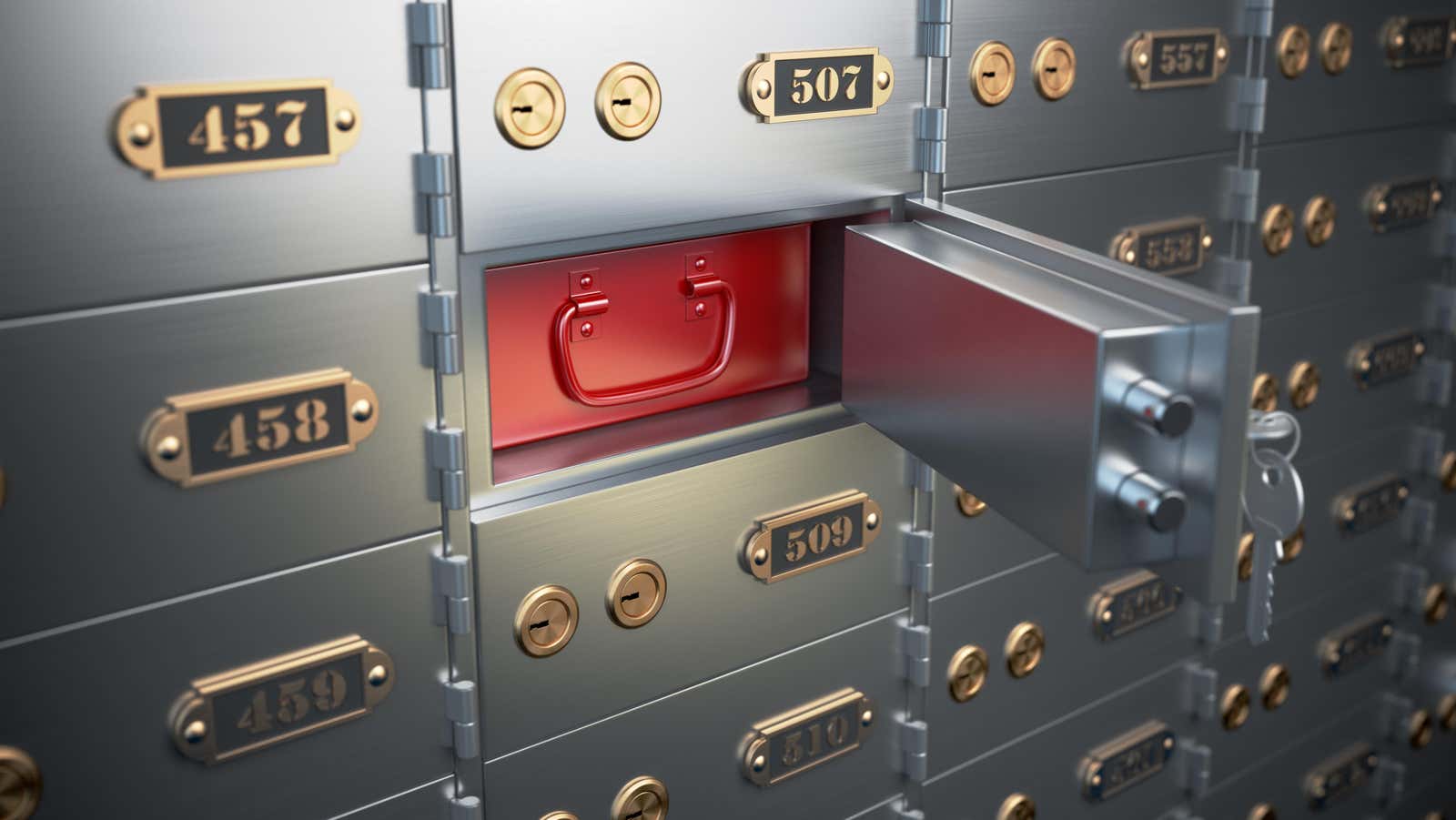You Need the “If I’m Missing” File

Statistics report that there were 521,705 missing persons cases in 2021, the lowest number in the United States since 1990. Of course, it’s not common to go missing, but when it does, it just as traumatizes their friends and family. If you were to go missing, you would probably want people looking for you to have as much information about you as possible to help with their search. This is when a file or folder “if I go missing” comes into play, and the information in it will be useful in more cases than the unlikely event of your kidnapping.
Why do I need an “If I’m Missing” file?
An If I’m Lost file is a document that contains important personal information that can help you find you in an emergency, but can be useful in other situations as well. The concept was popularized by the Crime Junkie podcast , hosted by two crime-obsessed women, Ashley Flowers and Brit. The weekly podcast features true crime stories and uses a traditional storytelling format to keep listeners engaged.
The hosts of Crime Junkie are strong advocates of helping yourself by helping others in times of crisis. In other words, they offer to provide useful information to your loved ones to help them find or identify you if the worst-case scenario occurs.
But this is not the only time it will be useful. Suppose that your spouse has passed away, and it was he who disposed of all your finances in a relationship. In this case, you will need easy access to their usernames and passwords in order to access their bank accounts. It will be much faster if you have this information at hand than you have to go through the stress of submitting death certificates to the bank for secure access. Sharing this treasure trove of data with your loved ones will make life much easier for them after your passing.
How to create an “If I’m Missing” file
Due to the ever-changing cybersecurity landscape, it is not recommended that you create a digital file of your sensitive personal information. The last thing you want is for someone to hack into your device and steal all your juicy passwords and personal details.
Instead, create a physical folder and store it in a safe place at home or in a bank vault where only a few trusted people can access it. The tricky part is keeping your file up to date as you change your passwords and open new accounts – you’ll need to visit the folder regularly, perhaps yearly or every few years, to make sure everything in it is still the same. applicable. .
What to write in the dossier “If I went missing”
While what you include may vary depending on your personal circumstances, here are the main points to consider:
- Recent photos of yourself, as well as copies of your driver’s license and passport.
- Vehicle information such as license plate, make and model, year and color
- Health information such as blood type, medications, and health status
- Usernames and passwords for important accounts, including how to access them using two-factor authentication (2FA) codes .
- Physical data such as your height, age, hair color, eye color, and date of birth
- Social Media Profile Information
- bank account details
- Breakdown of your daily schedule
- List of places you visit frequently
- Names of family members, friends, colleagues and other significant persons and their contact information
- Handwriting samples and fingerprints
- Written permission for someone to use your file or folder to help find you in an emergency.
Basically, the more information you provide about yourself, the more useful it will be to those who try to help you during a crisis.